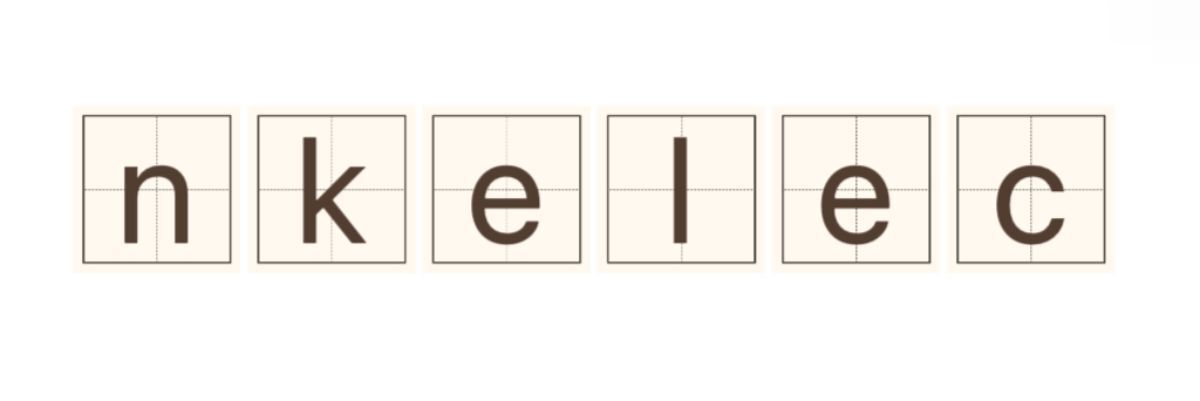Understanding Dielectric Dissipation Factor Tan Delta: Key Insights for 2025
Jul. 24, 2025
Dielectric dissipation factor, also known as tan delta, is a critical parameter in evaluating the performance of insulating materials in various electrical applications. As we approach 2025, understanding the impact of tan delta on the efficiency and reliability of electrical systems becomes increasingly essential. This article delves into the key insights related to dielectric dissipation factor, its implications, and how it influences product performance in the industry.
For more information, please visit dielectric dissipation factor tan delta.
The tan delta is defined as the ratio of the resistive (loss) current to the capacitive (reactive) current in an insulating material. It provides a measure of energy loss within the dielectric and offers insights into the material's quality and condition. A lower tan delta value indicates a better-performing insulation, as it signifies less energy loss, while a higher value can suggest increased risks of failure or insulation degradation.
As electrical equipment ages, monitoring the tan delta becomes critical for predictive maintenance. Utilities and industries rely on this parameter to assess the health of transformers, cables, and other critical components. The rise in renewable energy sources and the need for efficient energy transmission make understanding dielectric properties, including tan delta, more important than ever.
Several factors influence the dielectric dissipation factor, including temperature, moisture content, and the frequency of applied electrical stress. As temperatures rise, the molecular movement within the dielectric increases, often leading to higher tan delta values. This is significant in environments where electrical systems are subjected to extreme conditions. Awareness of how these factors interact can help engineers and maintenance teams take proactive measures to ensure long-term reliability.
In 2025 and beyond, the industry is likely to see technological advancements that improve the accuracy and convenience of measuring tan delta. Portable and online monitoring systems are becoming more prevalent, allowing for real-time analysis of dielectric dissipation factors in various environments. This capability enables businesses to address issues proactively, preventing potential system failures and costly downtime.
For manufacturers and suppliers of dielectric materials, being aware of tan delta's significance can be pivotal for product development and marketing strategies. Ensuring products are tested and optimized for low dissipation factors can set offerings apart in a competitive market. Moreover, educating customers about the importance of tan delta can help in building trust and establishing long-lasting relationships.
As the industry looks toward sustainability and efficiency, the role of materials with advantageous dielectric properties will be paramount. Innovations in materials science are expected to yield compositions that exhibit favorable tan delta characteristics, meeting the evolving demands of modern electrical systems.
Furthermore, businesses should consider leveraging online platforms to disseminate knowledge about dielectric dissipation factors and their products. By creating informative content, such as articles, videos, and infographics, and optimizing it for search engines, companies can attract organic traffic to their websites. Engaging stakeholders through educational efforts not only aids in increasing traffic but also positions the brand as a thought leader in the field.
In summary, a comprehensive understanding of dielectric dissipation factor tan delta is crucial as we move into 2025. By grasping its implications, businesses can enhance product quality, drive customer loyalty, and prevent costly failures. The increasing technological capabilities to monitor tan delta in real time herald a new era in maintenance and product development. As a key indicator of insulation performance, tan delta will remain an essential focus for all stakeholders in the electrical industry. By keeping abreast of these developments and employing effective online strategies, companies can uplift their visibility and attract more traffic to their offerings related to dielectrics.
If you want to learn more, please visit our website define dissipation factor.
153
0
0


Comments
All Comments (0)